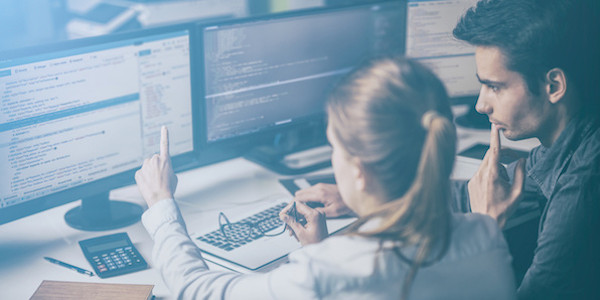- Sample bias
Sample bias can occur when the training dataset does not reflect the reality or the environment in witch the model will perform. A good example of this kind of bias is the following : lets consider a model doing facial recognition, witch would have been trained on only images of white men ; this model will contain bias because the dataset does not represent women or other ethnic group.
- Exclusion bias
Exclusion bias can appear when we delete some information from the dataset thinking they are useless.
- Measurement bias
During the acquisition of data (when the dataset is built), using the same support or a certain type of storage system can insert a measurement bias.
For instance, if the same camera is used for taking pictures, and if this camera insert a watermark on each picture, a measurement bias can occur.
- Recall bias
Recall bias can occur when data from a dataset are not consistently labelled. It most of the time occurs during the labeling stage, when two classes are really similar or when the labeling is carried out by different persons.




